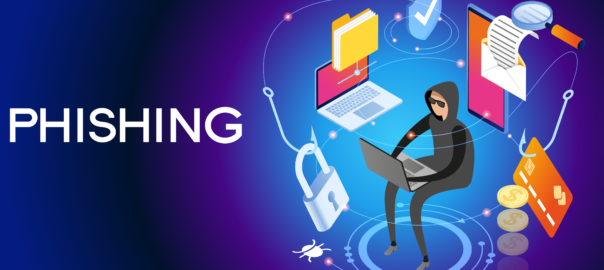Technology continues to play a role in the growth of businesses. But if you can’t keep up with what’s going on in your field, you might fall behind in the competition. Even worse, you might put your business at huge risk in online safety. That is an absolute no-no if you want to grow your business in 2023.
The rapid changes in technology in 2023 might seem scary, but don’t let them overwhelm you. All you need to do is stay on top of whatever technology is available and use it to your advantage. And the first step to achieving this is awareness. Hence, to give you a heads-up, here are 8 ways technology will grow your business in 2023.
Use Artificial Intelligence to Grow Your Business in 2023
Created to replicate the way humans think, artificial intelligence is now found in vast and diverse applications. AI is used a lot in business for online shopping, advertising, web search, digital assistants, stopping fraud, and more. The two most notable benefits of AI are that it saves you time and resources and gives you more detailed insights that will help you improve your business.
Cloud-Based Solutions
Cloud-based solutions are among the most significant technologies to help grow your business in 2023. Instead of limiting your business to the limited physical resources you have, cloud solutions give you a lot of ways to grow your business. Aside from the web-based services readily available, there are business-focused cloud solutions like SaaS, IaaS, PaaS, and many more.
Cybersecurity Solutions
As technology grows, so do the capabilities of hackers. This threat means the need for reliable cybersecurity measures is more critical now than ever. Fortunately, there are many ways that you can use modern technology to boost your defenses. Always stay a few steps ahead of cybercriminals by equipping your system with the latest cybersecurity tools and solutions. Simple things like multi-factor authentication or phishing simulations can go a long way.
Internet of Things
The Internet of Things, or IoT, refers to the network of objects, devices, and data systems that connect through sensors and software applications. Because practically everything is located online, the IoT plays a role in keeping your business in line with current technology trends. Through IoT, you can eliminate some of your business’ overhead costs and boost efficiency by a large margin. This will help reduce business finances and help grow your business in 2023.
Automation to Grow Your Business in 2023
Time is a precious resource, and with time management, automation is a godsend. Automation technology is very advanced. It is now easy to automate processes in lead generation, sales, e-commerce, and even customer service. Take advantage of the simplification that it brings and watch your business grow at a much faster rate.
Vendor Management
For a smaller business, vendor management is a relatively simple process that is done manually. But as your business grows and you add more suppliers, you can use a more effective way to keep costs down, get the most out of each one, and reduce risks. It’s time to upgrade to a more modern and capable VMS or vendor management system, for your operations.
Renewable Energy
Using renewable energy was not so popular back in the day when fossil fuels and other traditional energy sources were more popular. But with technology in 2023, not only is it much more affordable to use renewable energy today, but it saves millions of dollars for many industries.
Quantum Computing to Grow Your Business in 2023
Quantum computing is one area of technology that businesses should keep an eye on in 2023, even though it isn’t as common as the other examples. Research in quantum technology is moving forward quickly. This new technology will make improvements to both software and hardware, which is great for business growth.
As we said, technology can be daunting but empowering at the same time. If you are ready to benefit from the latest IT advances but a bit of hesitation is holding you back, we are right here! From explaining the need for a reliable managed service provider to being your partner in using technology to grow your business, SystemsNet has got your back.
To download our Free Infographic on why you need Vendor Management, click here. Call us today for a free consultation!



